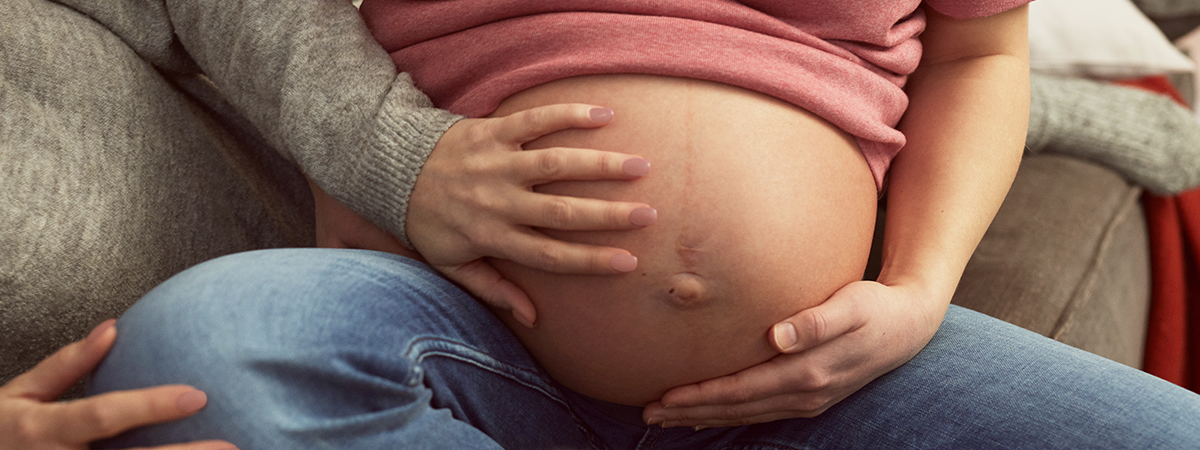
Breaking of the waters
My waters have broken! In films, labour starts when the waters break. In reality, the waters do not always break before you go into labour. In fact, it is usually the opposite.
Sometimes more than 24 can pass from the first contractions or breaking of the waters until you start labour. Sometimes it's not even until the expulsion stage that the membranes rupture and the waters break.
Read about signs that labour has started.
If the waters break before labour starts
Sometimes the waters break before labour starts. If this happens, contact your midwife for advice. It may not be time to give birth, but it is time for a check-up. At most clinics, the norm is to wait a few days before doing anything if the pregnancy is normal. This gives the woman a chance to start labour naturally, which is healthier for both the mother and baby.
The waters might drip instead of running
It can be hard to determine whether your waters have broken. The baby's head may be blocking the birth canal, which can cause the waters to drip instead of running.
Contact your midwife if you notice or suspect that your waters have broken, even if you feel no pain or contractions.
Inducing labour
Most clinics usually wait 24-36 hours after the water break before actively inducing labour. The decision largely depends on the baby's health and the colour of the amniotic fluid. If the fluid is greenish, it means the baby has defecated which may be a sign of stress.
CTG is performed to measure the foetus's pulse in relation to the mother's contractions, in order to check the baby's condition in the womb.
If everything looks normal, you are sent home until labour starts spontaneously. If labour does not start within 48 hours, the labour is induced. The protocol various between different clinics.
Also read about different contractions Pain and contractions before, during and after labour.
Further reading:
Planned induced labour.
